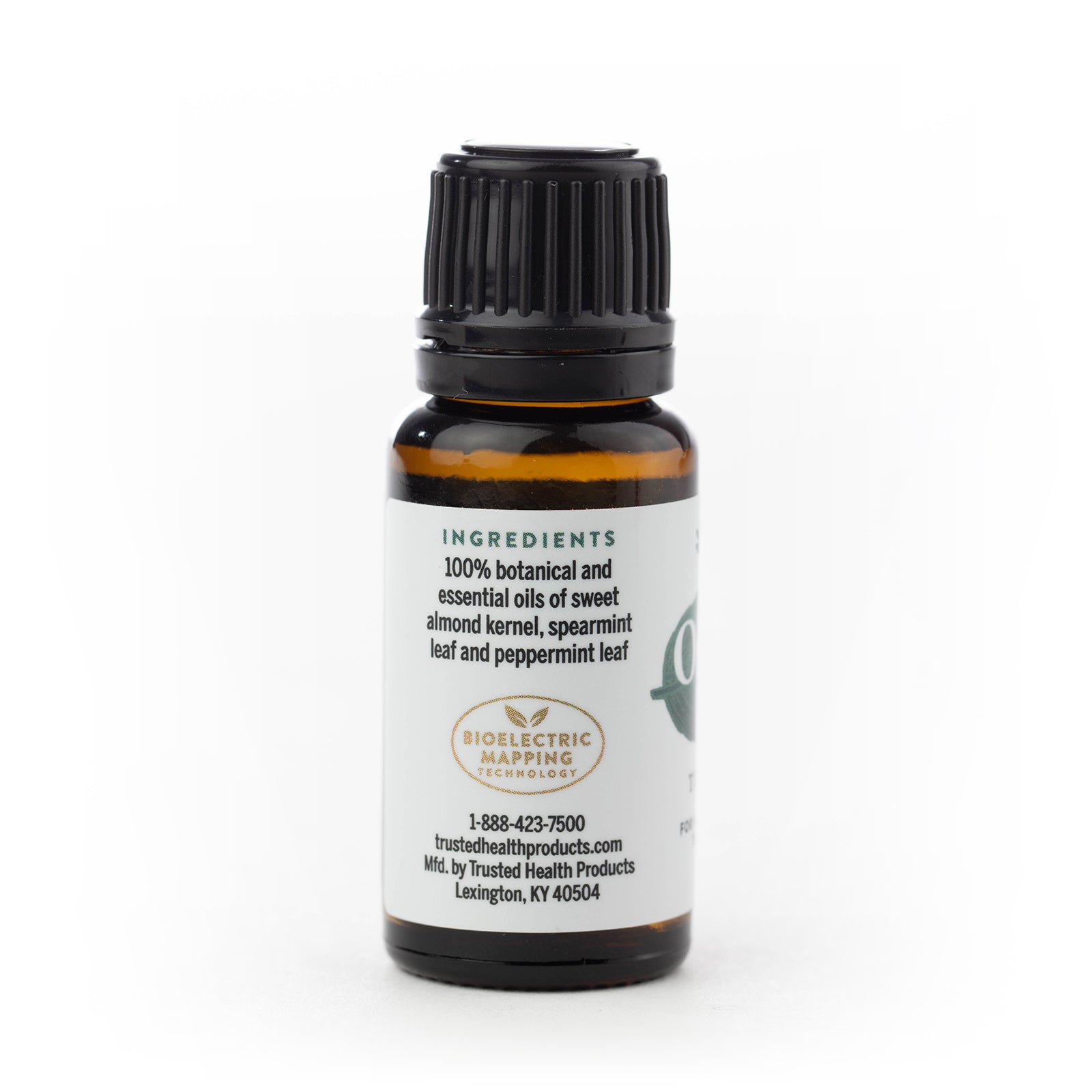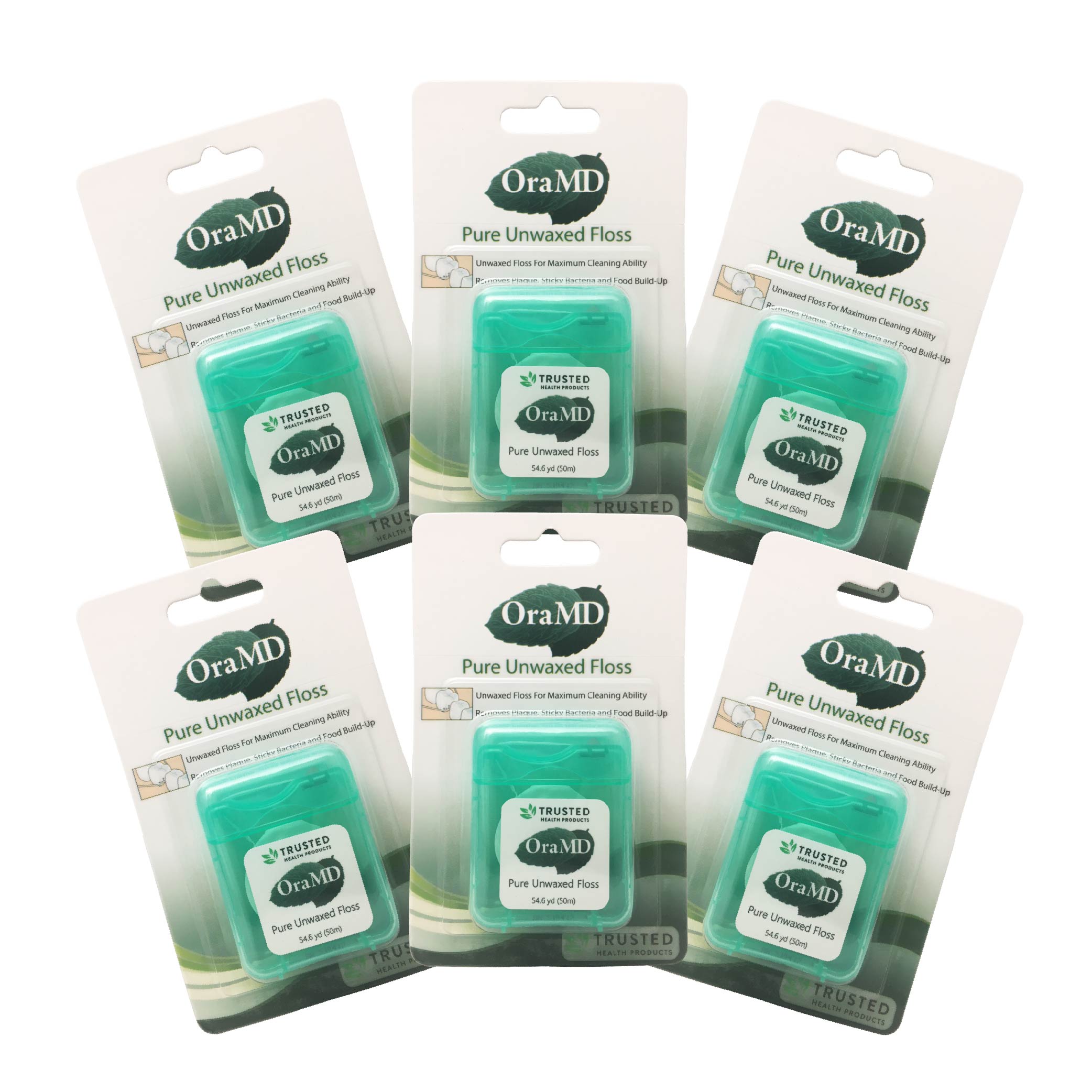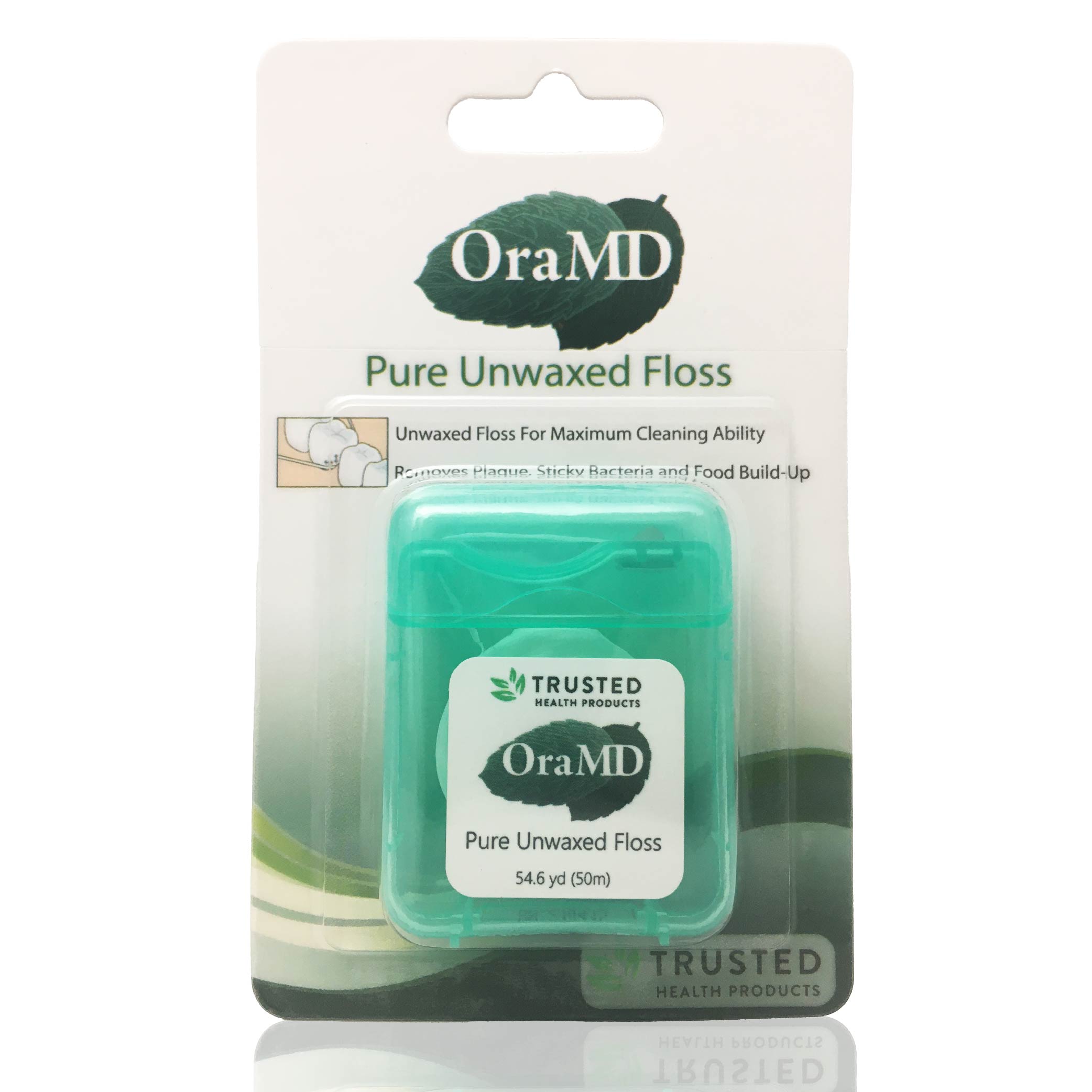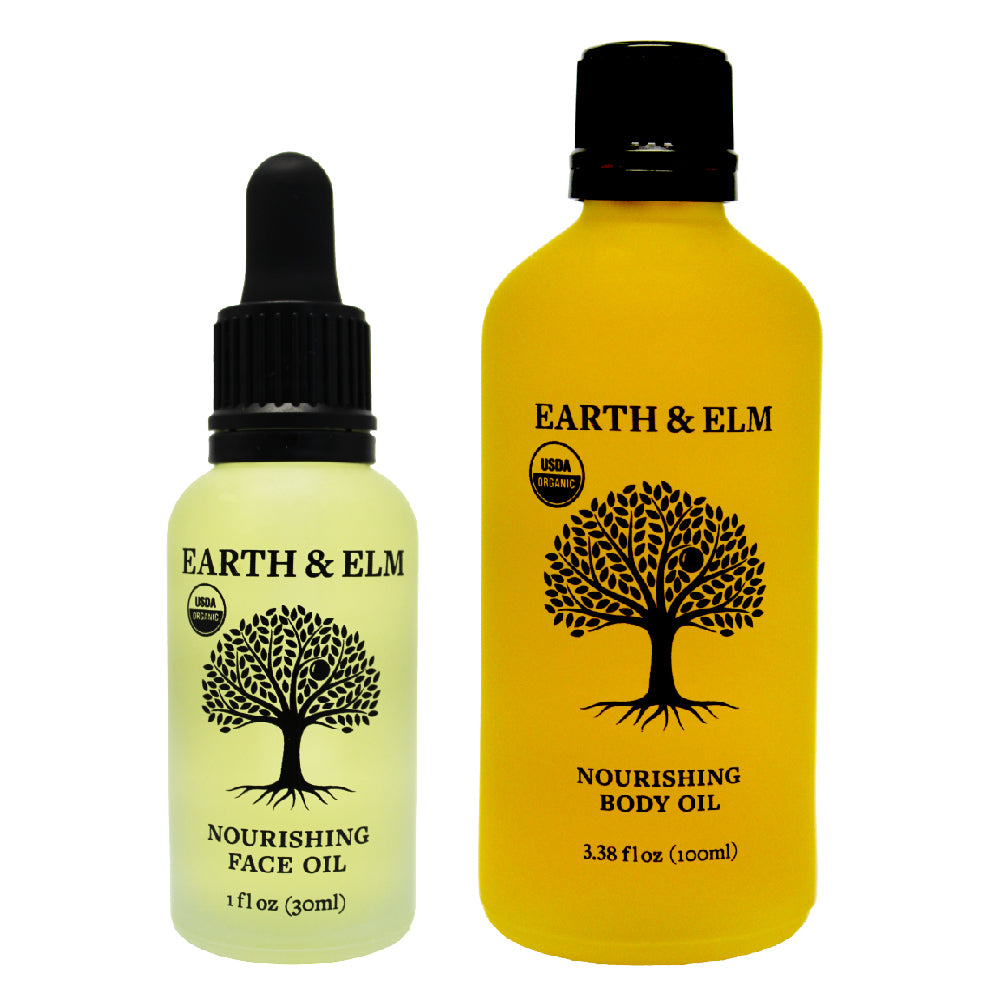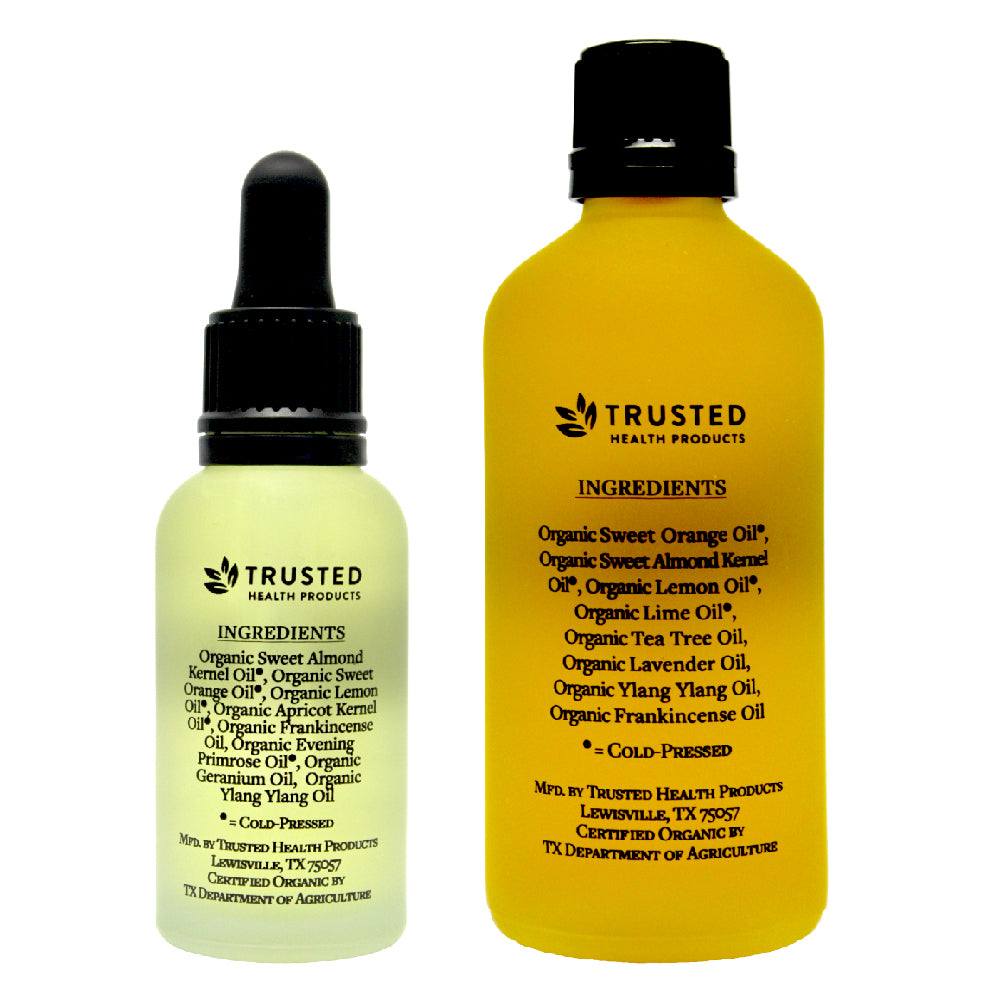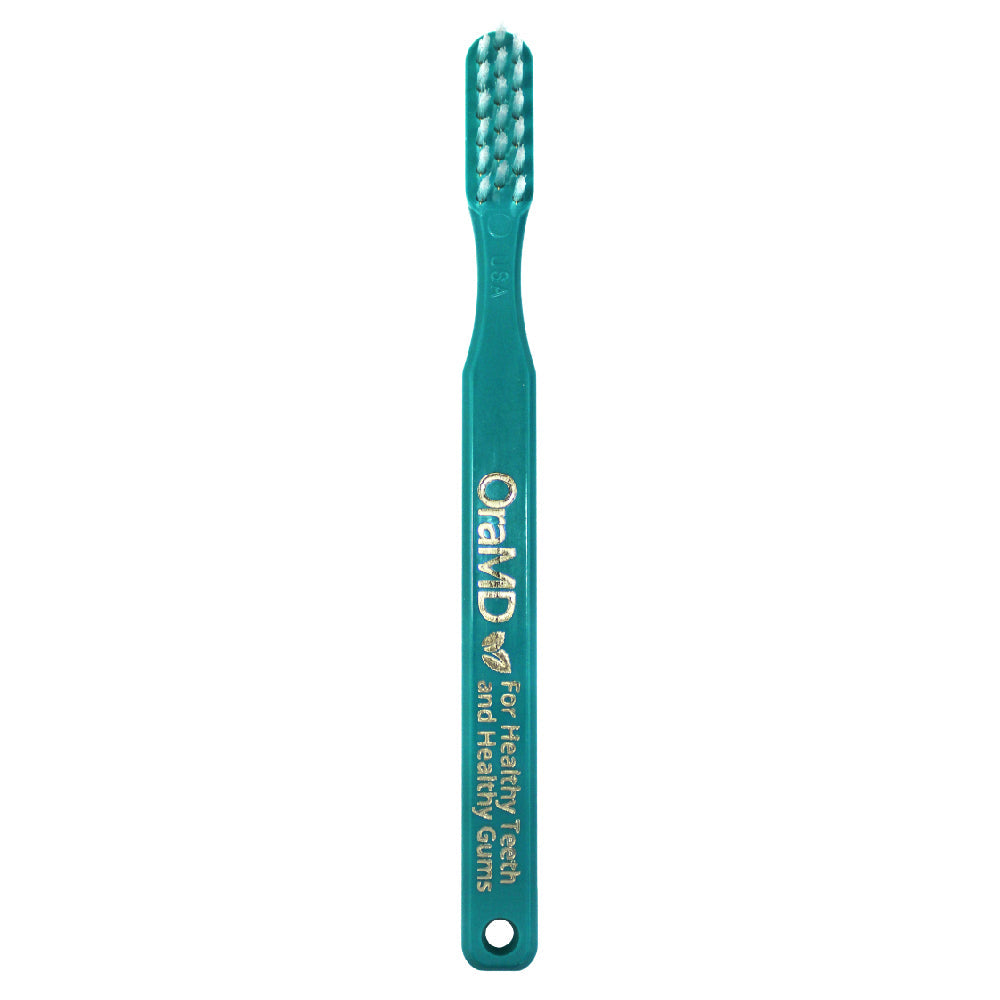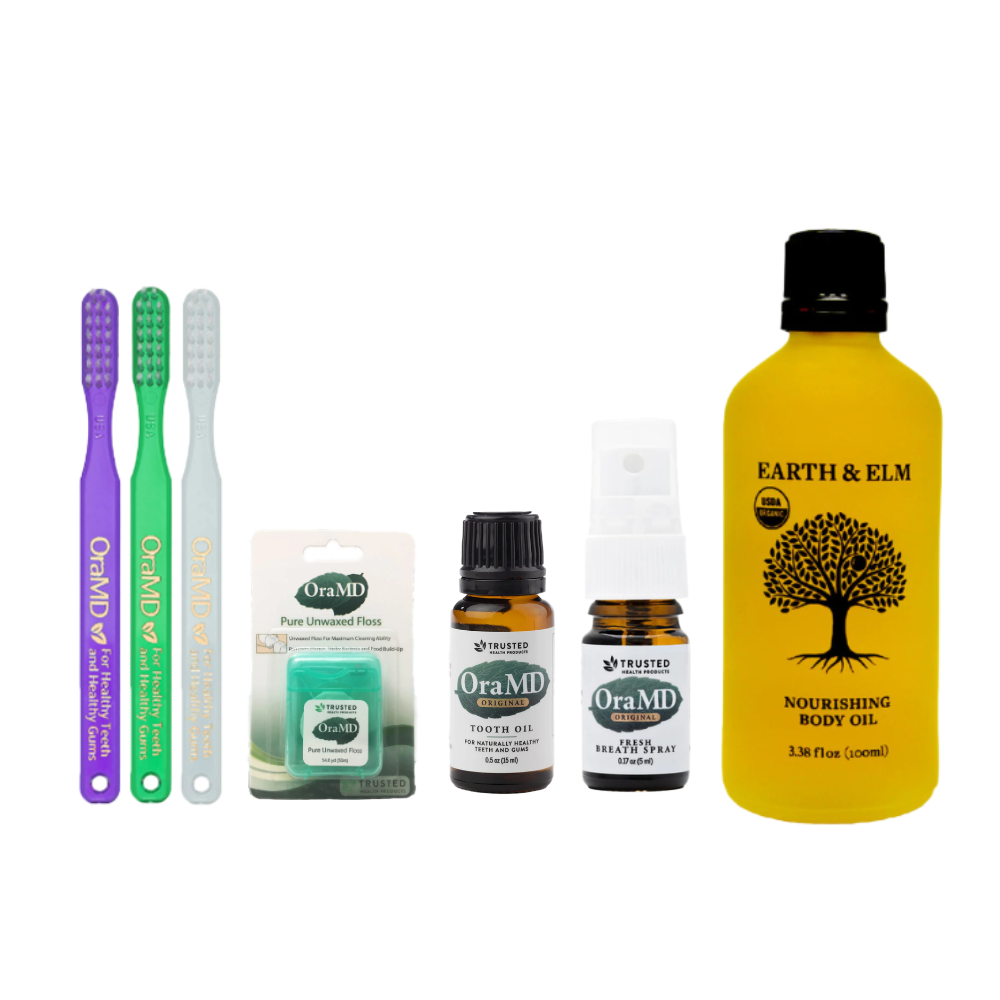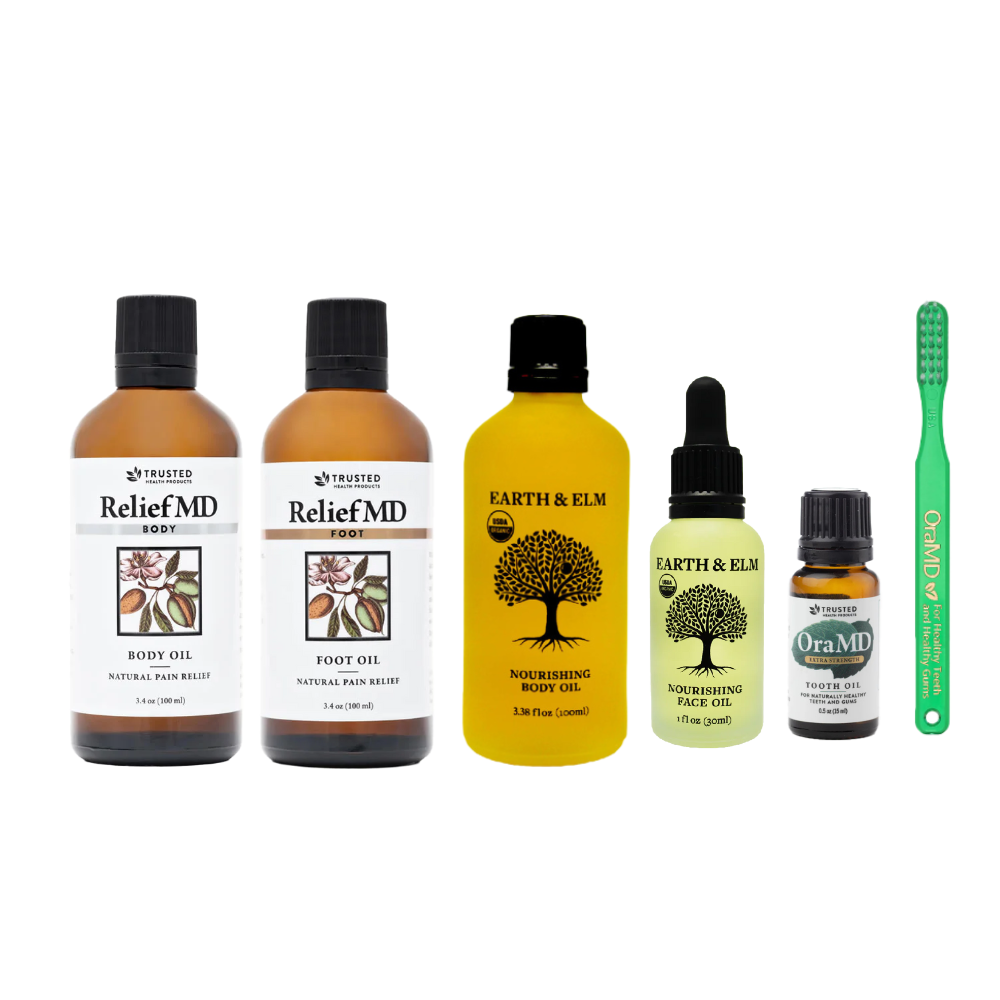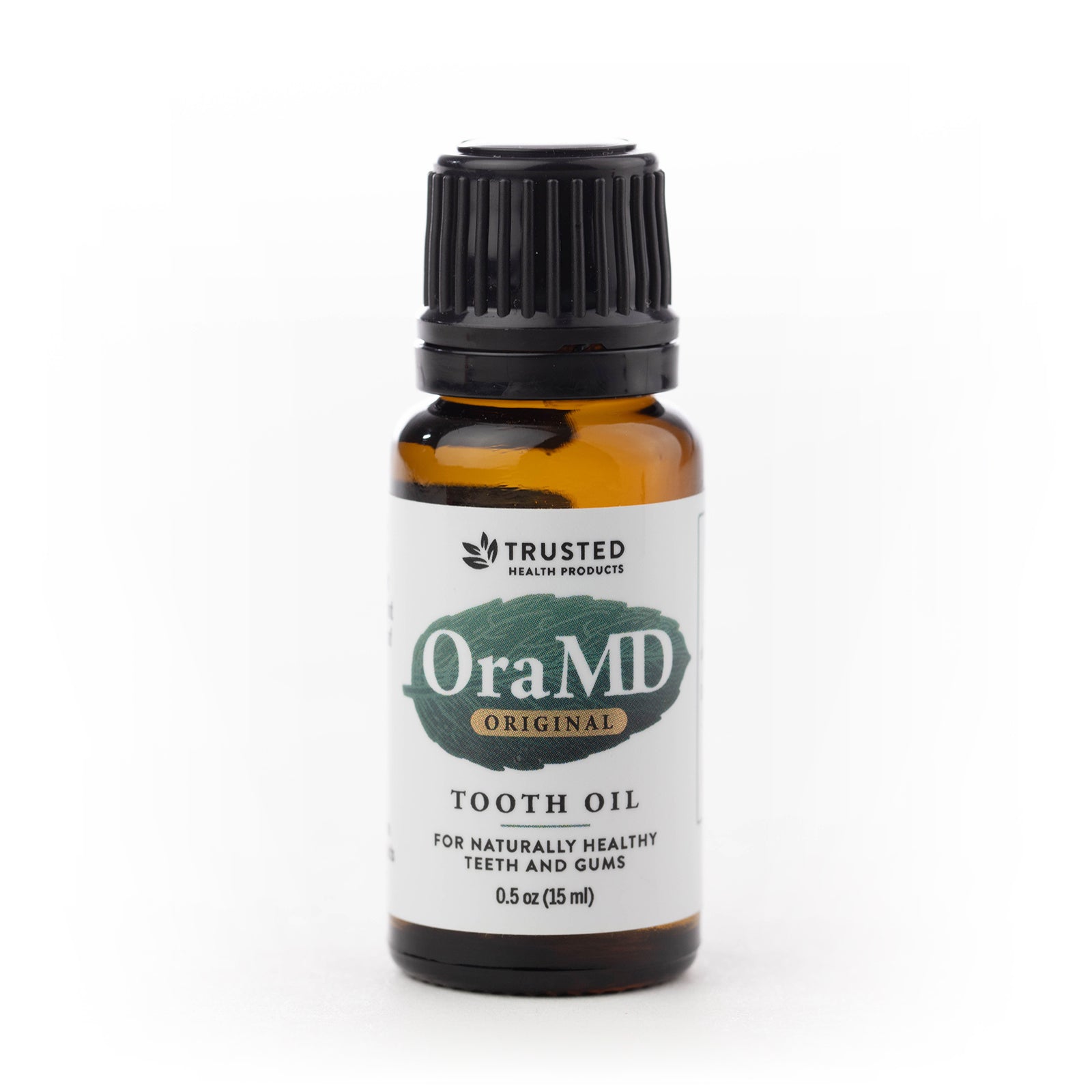Preventing And Healing Tooth Decay With Bioactive Peptide
April 02, 2020
Author: Admin Editor
Tags:
Cavities, or dental caries, are the most widespread non-communicable disease globally, according to the World Health Organization. Having a cavity drilled and filled at the dentist's office can be painful, but untreated caries could lead to worse pain, tooth loss, infection, and even illness or death. Researchers in ACS Applied Materials & Interfaces report a bioactive peptide that coats tooth surfaces, helping prevent new cavities and heals existing ones in lab experiments.
The researchers wanted to develop a two-pronged strategy to prevent and treat tooth decay. It consisted of preventing colonization of the tooth surface by the plaque-forming bacteria that cause cavities, and reducing demineralization, or the dissolving of tooth enamel, while increasing remineralization or repair. Conventional treatment for dental cavities involves removing decayed tissue and filling the hole with materials, such as amalgam or composite resin, but this procedure can damage healthy tissue and cause severe discomfort for patients.
The researchers based their anti-cavity coating on a natural antimicrobial peptide called H5. Produced by human salivary glands, H5 can absorb onto tooth enamel and destroy a broad range of bacteria and fungi. To promote remineralization, they added a phosphoserine group to one end of H5, which they thought could help attract more calcium ions to repair the enamel than natural H5. They tested the modified peptide on slices of human molars. Compared with natural H5, the new peptide adsorbed more strongly to the tooth surface, killed more bacteria and inhibited their adhesion, and protected teeth from demineralization. Surprisingly, however, both peptides promoted remineralization to a similar degree. After brushing, people could someday apply the modified peptide to their teeth as a varnish or gel to protect against tooth decay.
Wiping Out Dental Plaque With Micro-Robots
Biofilms can arise on biological surfaces, such as on a tooth or in a joint or on objects, like water pipes, implants, or catheters. Wherever biofilms form, they are difficult to remove, as the sticky matrix that holds the bacteria provides protection from antimicrobial agents. Researchers at the University of Pennsylvania recently developed a microscopic robotic cleaning crew with two types of robotic systems. One was designed to work on surfaces and the other operated inside confined spaces. They showed that robots with catalytic activity could ably destroy biofilms, sticky amalgamations of bacteria enmeshed in a protective scaffolding. Such robotic biofilm-removal systems could be valuable in a wide range of potential applications, from keeping water pipes and catheters clean to reducing the risk of tooth decay, endodontic infections, and implant contamination.
The results were published in Science Robotics. The team previously made headway at breaking down the biofilm matrix with a variety of outside-the-box methods. One strategy has been to employ iron-oxide-containing nanoparticles that work catalytically, activating hydrogen peroxide to release free radicals that can kill bacteria and destroy biofilms in a targeted fashion. The Penn Dental Medicine team found that groups at Penn Engineering were working with a robotic platform that used very similar iron-oxide nanoparticles as building blocks for microrobots. The engineers control the movement of these robots using a magnetic field, allowing a tether-free way to steer them.
Together, the team designed, optimized, and tested two types of robotic systems, which the group calls catalytic antimicrobial robots, or CARs, capable of degrading and removing biofilms. The first involves suspending iron-oxide nanoparticles in a solution, which can then be directed by magnets to remove biofilms on a surface in a plow-like manner. The second platform entails embedding the nanoparticles into gel molds in three-dimensional shapes. These were used to target and destroy biofilms clogging enclosed tubes.
Catalytic Antimicrobial Robots
Both types of CARs effectively killed bacteria, broke down the matrix that surrounds them, and removed the debris with high precision. After testing the robots on biofilms growing on either a flat glass surface or enclosed glass tubes, the researchers tried out a more clinically relevant application: Removing biofilm from hard-to-reach parts of a human tooth. The CARs were able to degrade and remove bacterial biofilms not just from a tooth surface but from one of the most difficult-to-access parts of a tooth, the isthmus, a narrow corridor between root canals where biofilms commonly grow. The researchers envision precisely directing these robots to wherever they need to go to remove biofilms such as difficult-to-reach tooth surfaces.
"This was a truly synergistic and multidisciplinary interaction," says Hyun (Michel) Koo of the School of Dental Medicine. "We're leveraging the expertise of microbiologists and clinician-scientists as well as engineers to design the best microbial eradication system possible. This is important to other biomedical fields facing drug-resistant biofilms as we approach a post-antibiotic era. Existing treatments for biofilms are ineffective because they are incapable of simultaneously degrading the protective matrix, killing the embedded bacteria, and physically removing the biodegraded products. These robots can do all three at once very effectively, leaving no trace of biofilm whatsoever. By plowing away the degraded remains of the biofilm, the chance of it taking hold and re-growing decreases substantially.”
"Treating biofilms that occur on teeth requires a great deal of manual labor, both on the part of the consumer and the professional," added Edward Steager of the School of Engineering and Applied Science. "We hope to improve treatment options as well as reduce the difficulty of care. We think about robots as automated systems that take actions based on actively gathered information. In this case, the motion of the robot can be informed by images of the biofilm gathered from microcameras or other modes of medical imaging."
Looking for a 100% all-natural liquid tooth oil and mouth rinse? Check out OraMD Original Strength and OraMD Extra Strength. Subscribe to our Trusted Health Club newsletter for more information about natural living tips, natural health, oral health and skincare. If you are looking for more health resources check out the Trusted Health Resources list.
Written By:
With over 30 years of writing and editing experience for newspapers, magazines and corporate communications, Kevin Kerfoot writes about natural health, nutrition, skincare and oral hygiene for Trusted Health Products’ natural health blog and newsletters.
Reviewed By:
Founder Ray Spotts has a passion for all things natural and has made a life study of nature as it relates to health and well-being. Ray became a forerunner bringing products to market that are extraordinarily effective and free from potentially harmful chemicals and additives. For this reason Ray formed Trusted Health Products, a company you can trust for clean, effective, and healthy products. Ray is an organic gardener, likes fishing, hiking, and teaching and mentoring people to start new businesses. You can get his book for free, “How To Succeed In Business Based On God’s Word,” at www.rayspotts.com.









